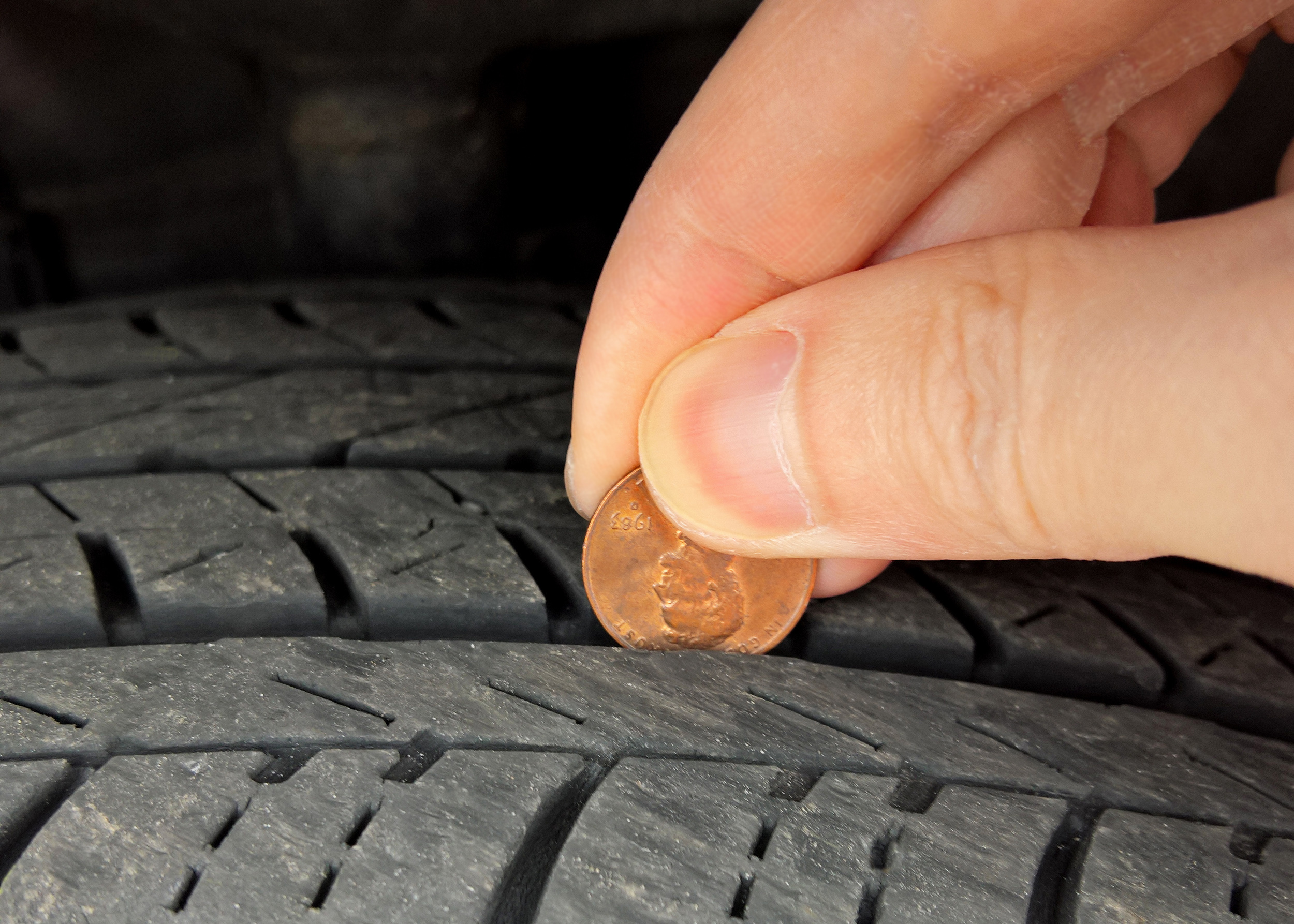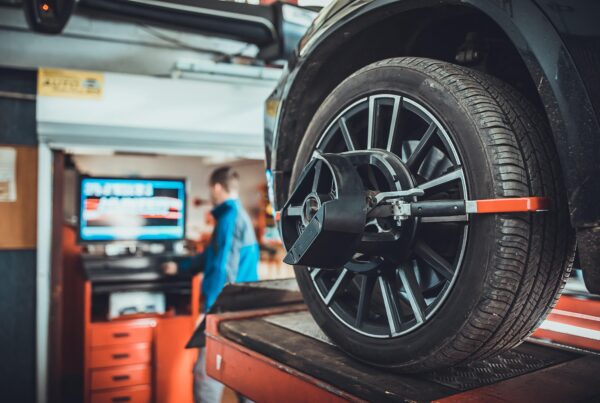Your tires are the sole point of contact between your vehicle and the road, emphasizing the critical role of proper tire maintenance to ensure you and your family’s safety. Functioning as the lifeline that facilitates our every journey, well-maintained tires can make the difference between an enjoyable Sunday drive and an unexpected visit to the repair shop. When contemplating tire replacement, consider three vital factors: your typical driving conditions, tread wear, and the age of your tires.
Weather conditions significantly impact tire longevity, with tires exposed to extreme temperature changes in strenuous environments wearing down faster. Regularly inspect your tires for signs of distress, such as cracking, as structural issues may arise before tread depletion. While seemingly operational, driving on cracked tires poses a safety risk akin to driving on tires without proper tread.
Assessing tread wear provides a straightforward way to gauge tire condition. A simple and effective method involves using a penny to check tread depth. If the top of Lincoln’s head is visible, indicating a tread depth below 2/32 of an inch, it’s time for replacement.
Even with diligent maintenance in favorable conditions, tires have a lifespan, typically lasting up to 60,000 miles or 4–5 years. Various factors, such as tire quality, steering, and suspension, contribute to this duration. Whether you require new tires or seek a professional inspection, maintaining vigilance with regular tire checks and replacements is essential for optimal vehicle performance.






